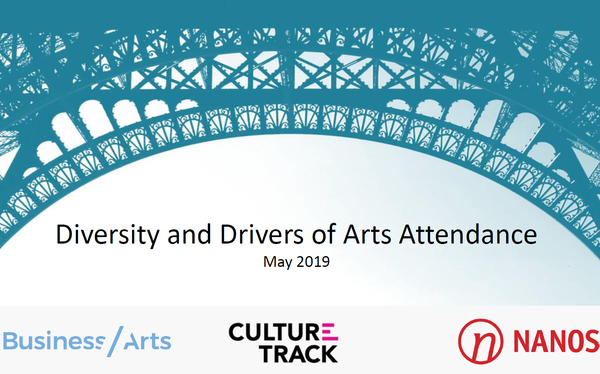
Diversity and Drivers of Arts Attendance
In June 2018, Business for the Arts released CultureTrack Canada, the results of an online survey of 6,444 Canadians who had participated in a cultural activity between December 2017 and January 2018. Attendees at Orchestras Canada’s 2018 conference in Calgary benefited from a sneak peek at the report’s key findings, and conference attendees requested a more granular analysis of the report’s findings on classical music patrons in particular. Working in collaboration with the other members of Canada’s Performing Arts Alliance, OC helped to commission a more fine-grained analysis of the Culture Track Canada dataset.
The report explores what’s motivating arts attendance among different segments of the Canadian population, and how these motivators influence frequency of attendance at classical music, popular music, musicals, opera, ballet and theatre, as well as art museums and galleries.
Here are three facts we found particularly interesting in the report, to whet your appetite:
- Classical music attendance is higher among those who have immigrated to Canada more recently. Among those who were born somewhere else, 18% attend classical music monthly compared to only 10% of those whose parents and grandparents were born in Canada.
- Top driving factors for attending classical music varied by the language spoken at home:
- Anglophones: Bettering my emotional well-being; Being able to go by myself; Having grown up participating in it.
- Francophones: Feeling like it gives life a deeper meaning; Experiencing new things.
- Allophones: Being able to go by myself; Feeling like it gives life a deeper meaning; Having fun.
- Ethnicity was far less of a determining factor in classical music attendance than one might think. With approximately 12% of the survey sample attending classical music at least once a month, this went as high as 28% in South Asian and Black/African survey participants, and 22% for Middle Eastern survey participants.
